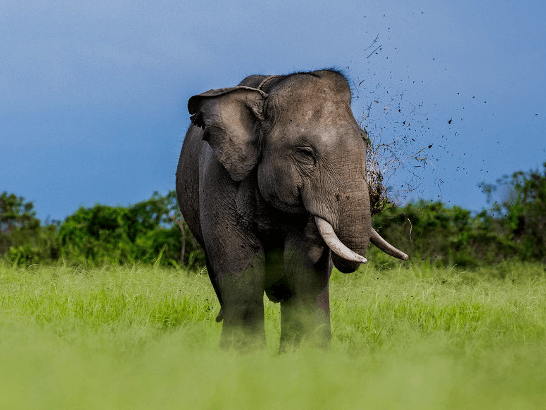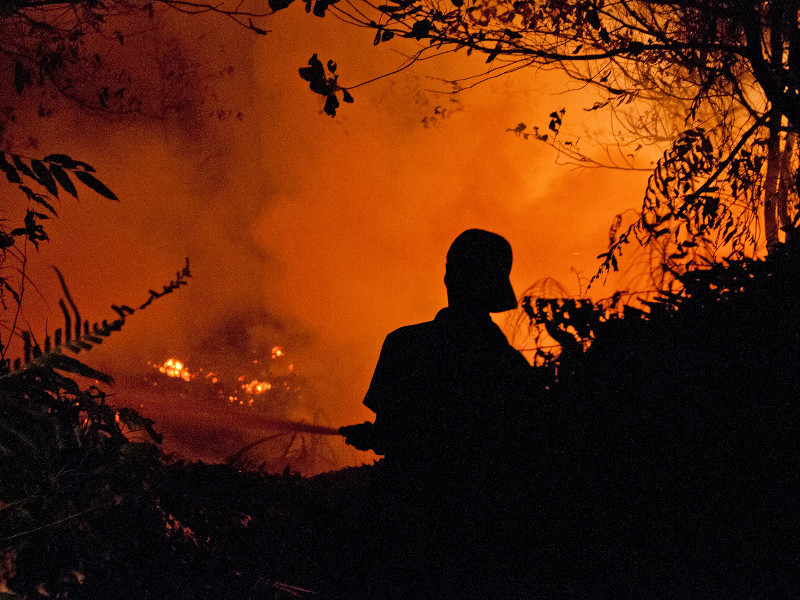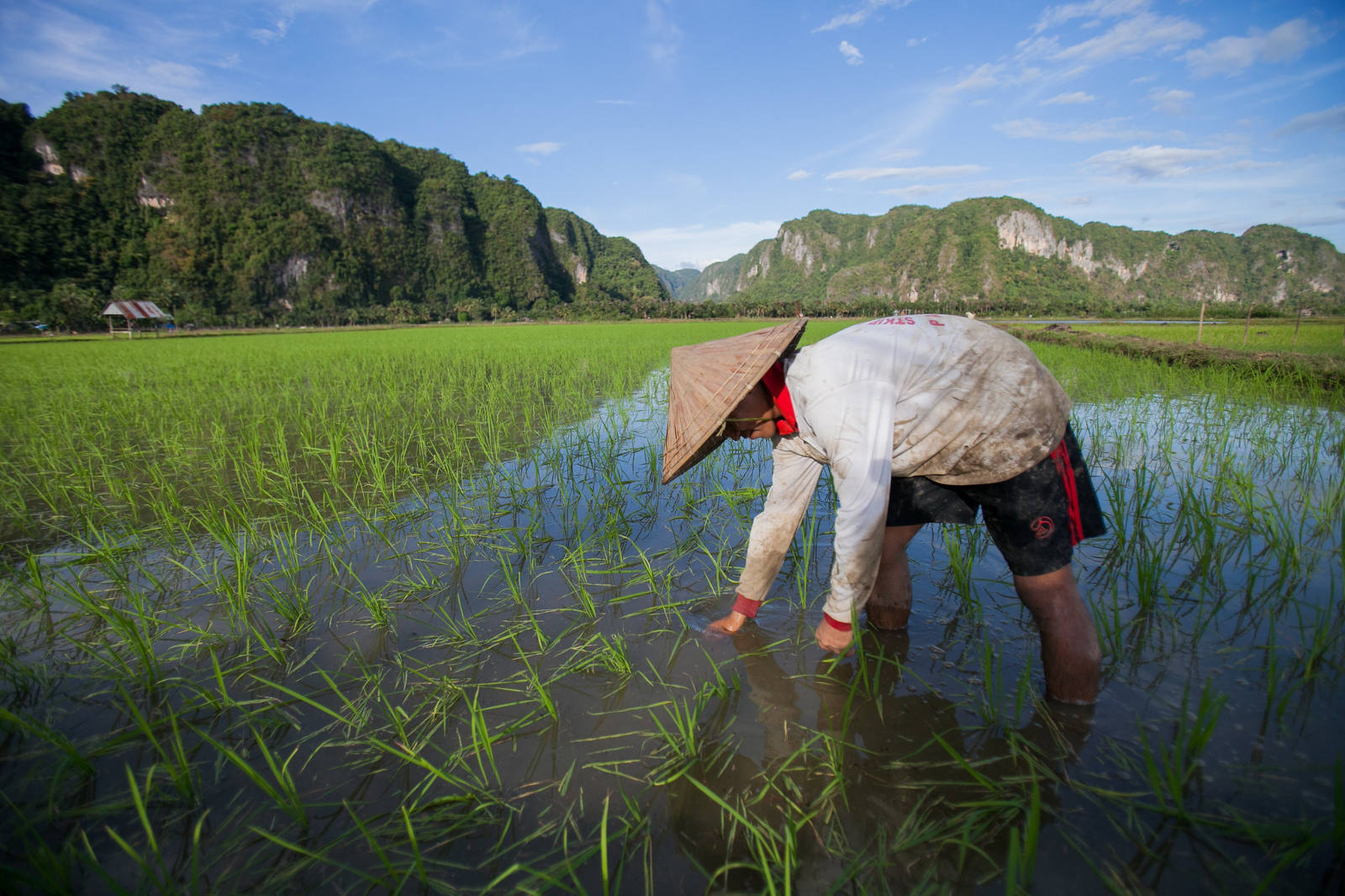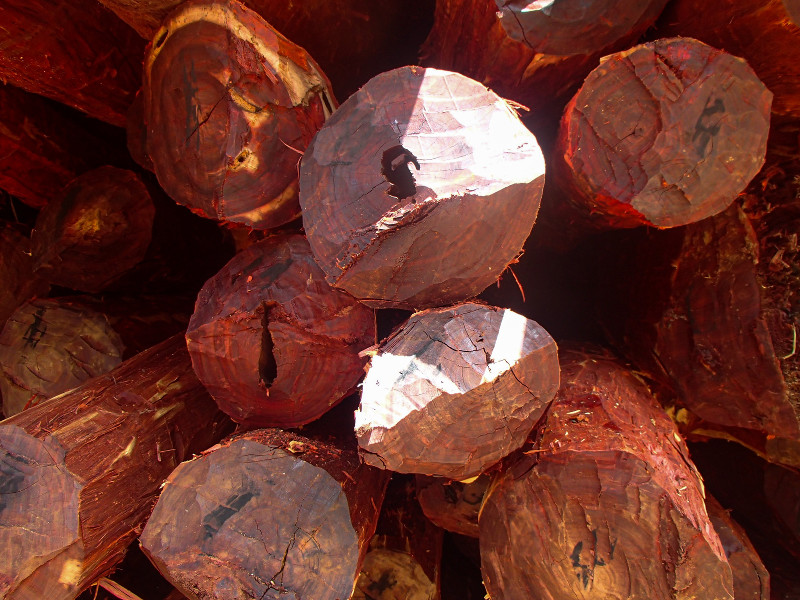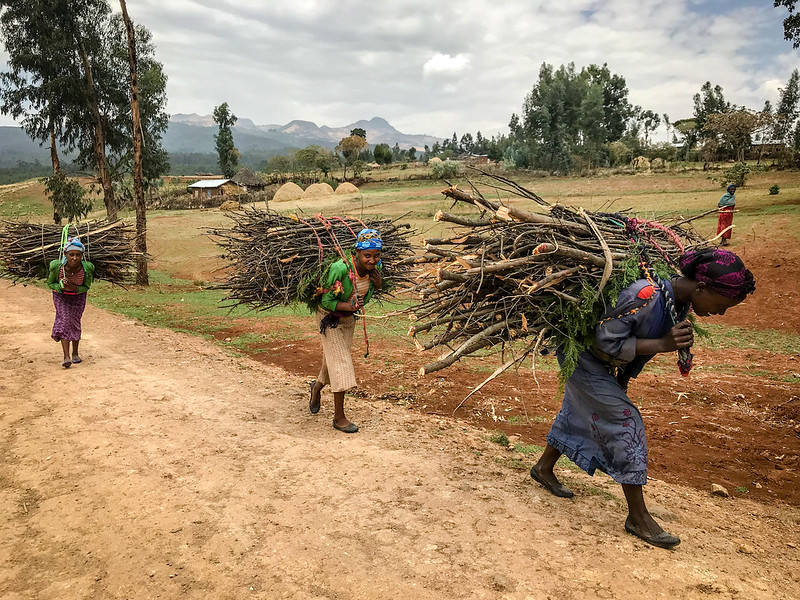The viability of coffee farming in East Africa is endangered by multiple factors including climate change, population pressure, low yields, and coffee price volatility. Sustainable intensification (SI) through intercropping and/or agroforestry has been suggested to improve farmers’ livelihoods, facilitate adaptation of coffee production to climate change and contribute to biodiversity conservation. In order to understand how sustainable intensification through an ecosystem-based approach might offer opportunities to respond to changes in temperature and rainfall, we analyzed a variety of existing coffee agro-ecosystems that differ in vegetation structure, shade tree diversity, and socio-economic characteristics on Mt. Elgon, Uganda along an altitudinal gradient (1100–2100 m.a.s.l.). We (i) compared the performance of the agro-ecosystems regarding coffee yield and shade tree diversity, and (ii) analyzed determinants of adoption of each system. Three different coffee agro-ecosystems were identified: open canopy coffee system, coffee-banana intercropping, and coffee-tree systems, based on the vegetation structure of 144 coffee plots. The vegetation structure of the analyzed coffee systems varied along the altitudinal gradient. Banana density increased with increasing altitude, while shade tree density and diversity increased with decreasing altitude. Coffee yield also increased with increasing altitude, but this relationship varied with shade level. Coffee yields benefited from shade trees at low altitudes, while no yield differences among systems were observed at mid and high altitudes. Increasing water availability and reliance on on-farm food crops with increasing altitude were identified as the main determinants of the increasing intercropped banana densities. High temperatures and longer dry season in combination with reduced access to forest products at lower altitudes, appeared to be the main driver for increased adoption of coffee-tree systems. Furthermore, socio-economic status of farmers influenced the type of coffee system adopted; poor farmers preferred high intercropping (either with bananas and/or shade trees) to diversify income and reduce risks related to open systems, while wealthier farmers mainly owned open canopy coffee systems. Climate, farm and household size, and access to forests and markets, play a crucial role in determining what constellation of plot-level provisioning ecosystem services benefit farmers’ livelihoods on Mt. Elgon. Our findings reveal inherent trade-offs in socio-ecological conditions. Minimizing these is required for achieving the multiple objectives of livelihood improvement, sustainable intensification of coffee production, and biodiversity conservation.
DOI:
https://doi.org/10.1016/j.agee.2018.04.019
Altmetric score:
Dimensions Citation Count:












